Mitsuo Iso may not be a household name among anime fans in the U.S., but he’s kind of like your favorite mecha animator’s favorite mecha animator. Upon the release of his first film, The Orbital Children, Netflix Anime published a new interview with the director.
“Space is a very common theme in anime,” Iso began. He’s not just familiar with the genre, he helped make it. Iso began his career doing key animation on Zeta Gundam and Char’s Counterattack. But, he said, young people tired of the setting and eventually, the industry stopped making space anime
So, over a decade after his directorial debut on the sci-fi series Den-noh Coil, he made his own. “Space is quite a touch-and-go place. There are many dangerous situations. People who go there are mostly pros, like researchers or the military,” Iso said of space in older anime. “But I thought that was very ‘20th century.’ I wanted to do something 21st century.”
In The Orbital Children, 21st-century spaceflight is depicted as usually safe and mundane but plastered in ads. “People realized that space would soon become commercialized” he said of this shift in his depiction of space, “when that happens, normal people like families and kids will go. That’s why we made children the main characters.”
Iso wanted to depict the world not how we make, but how creative minds will use it.
If children find something interesting, they’ll use it. They might use it in interesting ways that confound adults, too. Many new things will emerge including space and AI. I bet children will use those products in unexpected ways.
It’s an extension of his perspective on the genre. “Sci-fi is basically about predicting the future,” Iso began:
I’m of a generation that grew up with a lot of such sci-fi. I have fun thinking about how the future will be, and I want viewers to enjoy that too. But if you only aim for reality, it becomes a bit boring. If you only use things that exist, you don’t get to use your imagination.
Iso didn’t bring his future vision to the screen alone. On his legendary collaborators, character designer Kenichi Yoshida and main animator Toshiyuki Inoue, Iso sang their praise: “Both of them are so talented it hurts.”
Iso met Yoshida as a young animator at Studio Ghibli, where he worked on Only Yesterday and Porco Rosso. He went on to work on Neon Genesis Evangelion and eventually earned a reputation for his award-winning character design on Eureka Seven. In The Orbital Children, Iso gave Yoshida a challenge. “I didn’t want the designs to look like any other famous space anime,” he told the artist. “And I didn’t want to look like any of his previous designs.’ It was tough, Iso says, evidently pleased.
Inoue, whose career stretches from Stop!! Hibari-kun! to Evangelion: 3.0+1.01 Thrice Upon a Time, worked with Iso on Ghost in the Shell. The animator also had a hand in other early international hits for the medium like Akira and Paprika. “Inoue is my teacher, Iso says, “I’ve looked up to him since I was young. I’m so happy we could work together. He’s one of the best in Japan.”
Den-noh Coil and part one of the Orbital Children are streaming on Netflix now.


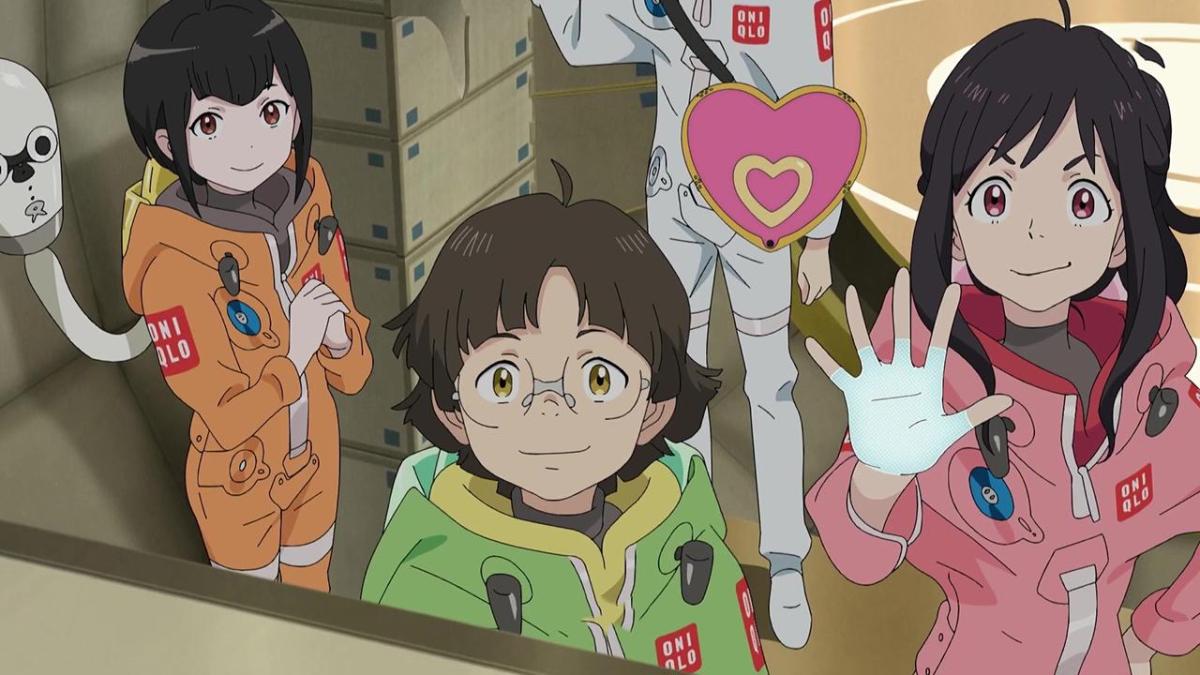
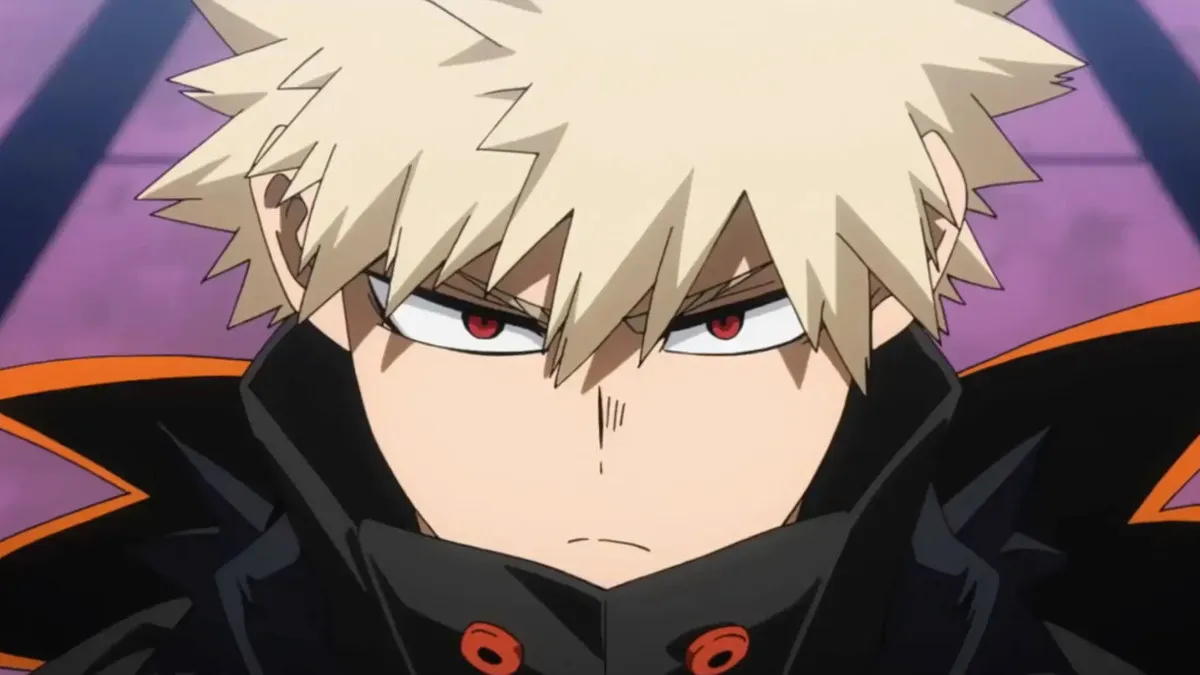
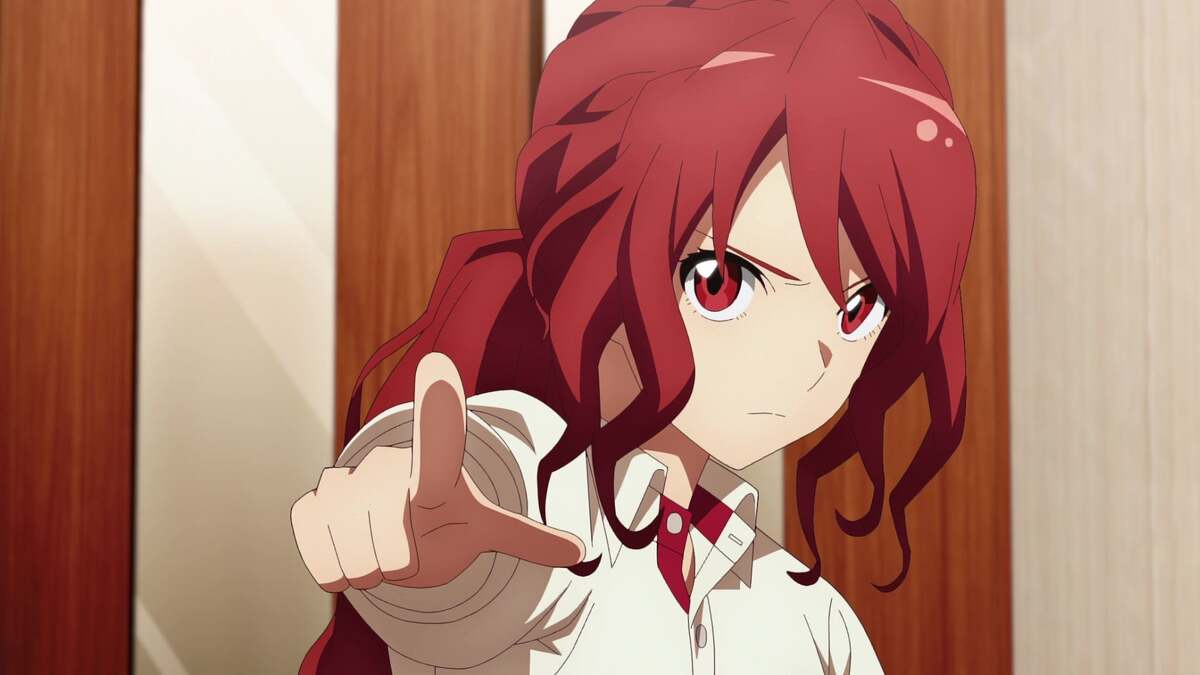
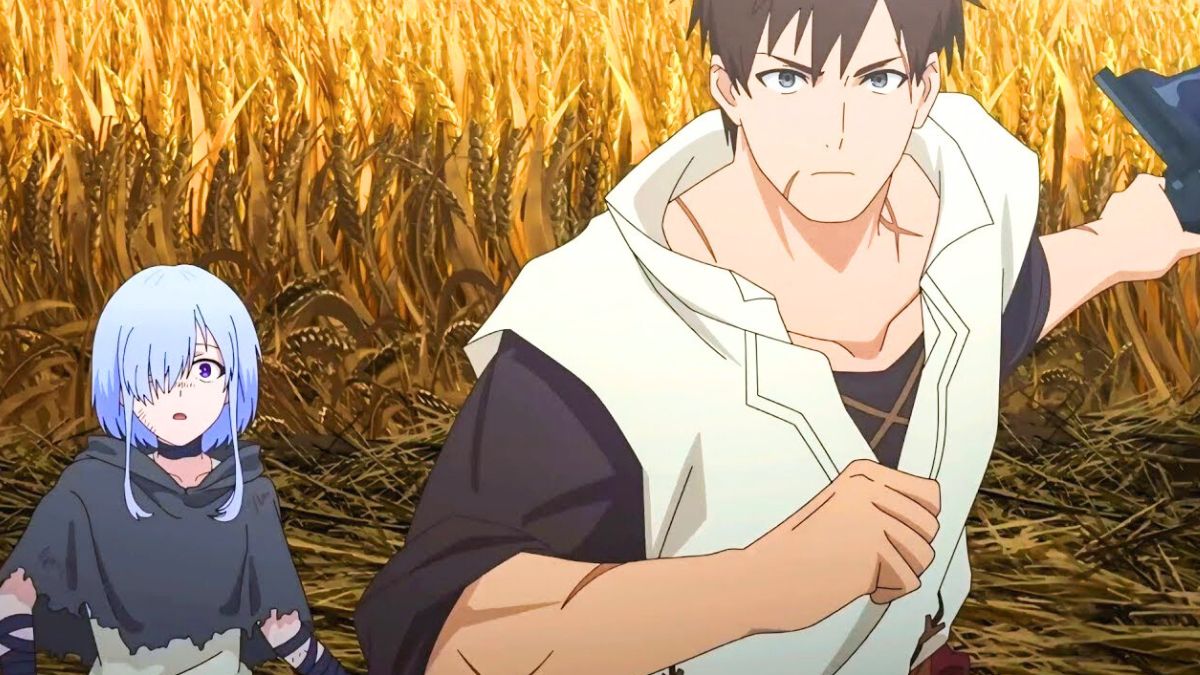
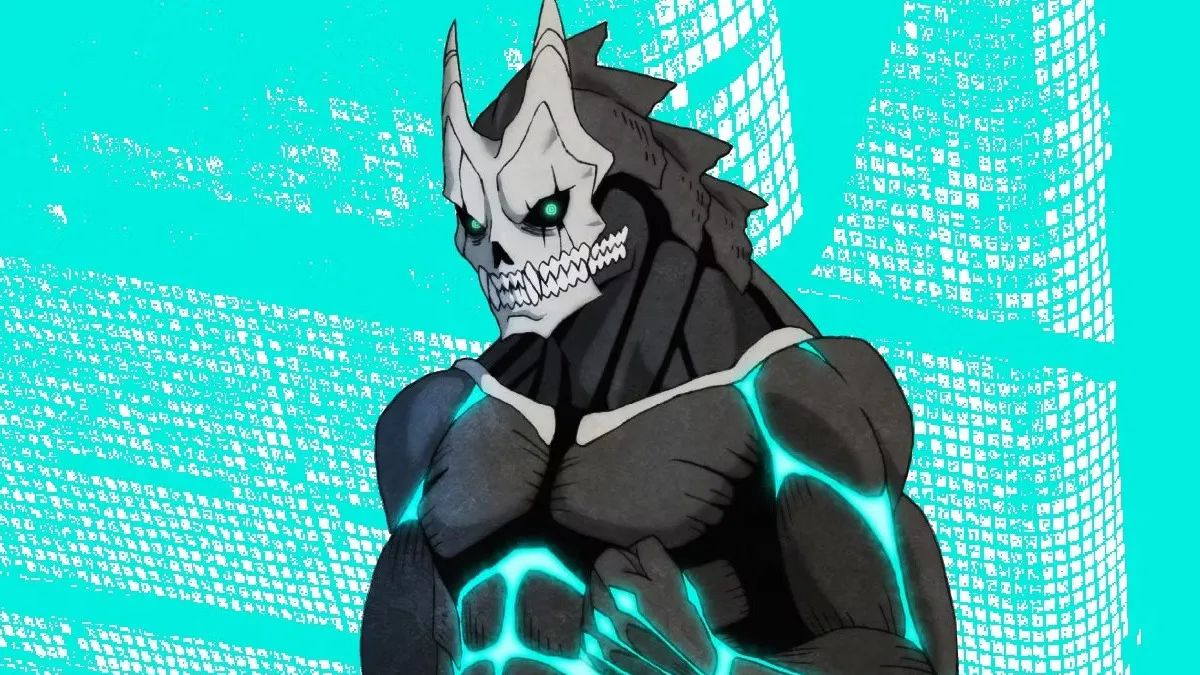
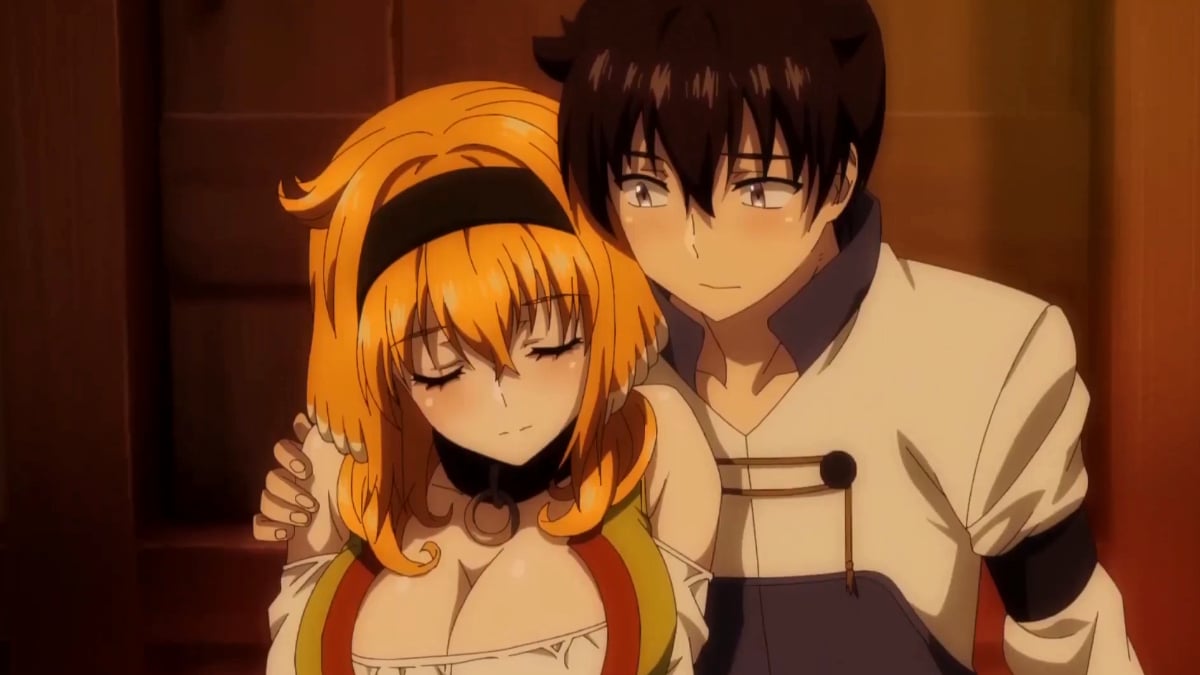
Published: Jan 29, 2022 09:53 am